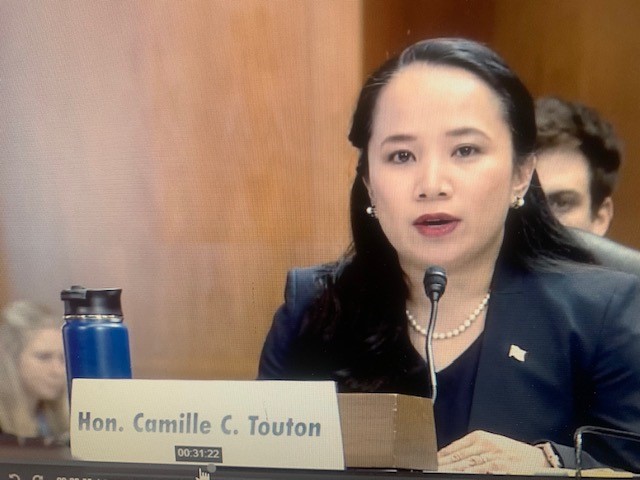
With the Colorado River hydrology continuing to decline, stakeholders on the river find themselves in the challenging position of having to think about both the near-term actions needed to protect the key reservoirs, Lake Mead and Lake Powell, and the long-term operations of the river. With an eye toward the long-term operations, the Bureau of Reclamation has begun seeking public input ahead of the upcoming National Environmental Protection Act (NEPA) process to develop the next set of guidelines that will govern river operations post 2026 when current agreements expire. Those critical agreements include the 2007 Interim Guidelines for Lower Basin Shortages and the Coordinated Operation for Lake Mead and Lake Powell (2007 Interim Guidelines), and the 2019 Drought Contingency Plan (DCP). Additionally, there are binational agreements with Mexico that affect the river as well. In June, Reclamation published a Federal Register notice, announcing its intention to seek public participation in preparation for the formal NEPA process, which is expected to begin in early 2023. On July 12 and 14, informational public webinars were held during which Reclamation addressed questions from stakeholders regarding the call for the early public input, which would be incorporated into the NEPA process.
During the webinars, Reclamation officials said they are seeking specific suggestions for ways that the anticipated NEPA process will ensure a wide range of stakeholders and the general public can meaningfully engage and participate. Reclamation is also looking for “substantive” recommendations for potential elements and strategies to consider for post-2026 operations of the river that can be considered in the NEPA process. In a June press release from Reclamation, Carly Jerla, Senior Water Resources Manager for Reclamation, stated of this effort to seek public input: “We want to hear from everyone who has a stake in this basin. We intend to develop our next operating rules in an inclusive, transparent manner, relying on the best available science. We’re seeking input to foster a meaningful participation of Colorado River partners and stakeholders and to gather ideas and strategies for the post-2026 operations that should also be considered in the NEPA process.”
Reclamation officials acknowledged this is a difficult time in the river basin and that the long-term planning for the post-2026 operation of the river and the need for near-term actions will move forward in a parallel timeframe as both are a priority. During a federal hearing in June, Reclamation Commissioner Camille Touton testified that as much as 2-million to 4-million acre-feet in additional conservation would be needed Basin-wide in 2023 to address the declining conditions on the river and to further protect Lake Mead and Lake Powell. She said Reclamation is looking toward river stakeholders to develop a collaborative approach to address this need by mid-August. This comes on top of a shortage declaration on the river by Reclamation for 2022 that led to tier 1 water use reductions under the 2007 Interim Guidelines and the DCP. Those cuts affect Arizona, Nevada and Mexico. California, which is already conserving under the Quantification Settlement Agreement, has not faced cuts under the current shortage declaration. However, the effort to protect the reservoirs has led to other actions, including the development of the Lower Colorado River Basin 500 + Plan (aimed to generate 500,000 acre-feet on the river in both 2022 and 2023), and the withholding of 480,000 acre-feet of water in Lake Powell from release in 2022 to maintain the ability to produce energy at Glen Canyon Dam, protect infrastructure, and reduce the risk of even lower release volumes to Mead in 2023. Additionally, 500,000 acre-feet of water will be released from Flaming Gorge Reservoir to Powell by April 2023, an action similar to a smaller release made in 2021.
The declining conditions since the adoption of the 2007 Interim Guidelines and the increasing risks to the system are not just driving near-term decisions but will factor into the development of the post-2026 guidelines and other critical agreements, like the binational agreements with Mexico, according to Reclamation officials. In the June Reclamation press release, Commissioner Touton said, “In my testimony last week, I stressed the need for a quick response and action from across the basin to reduce water use and protect the sustainability of the Colorado River system. As we focus on these short-term response actions, we also clearly recognize the importance of simultaneously planning for the longer-term to stabilize our reservoirs before we face an even larger crisis.”
The early public input Reclamation is seeking on the upcoming NEPA process needs to be submitted by Sept. 1. All comments can be submitted online at CRB-info@usbr.gov. As always, stay tuned to this blog for updates on the drought and its impact on river operations along with the myriad of other critical water issues affecting those of us who depend on the Colorado River.